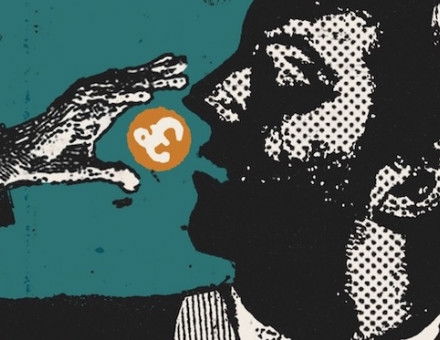New Lamps for Old
Richard Cavendish explores some Roman artefacts.
The other day I held in my hand a lock of the hair of someone who died 1,500 years ago, in Roman Britain. Brown and curly, it felt surprisingly lifelike, though a little dry. It was kept in a small plastic lunchbox, of the kind you might carry your sandwich and apple to the office in.
This tress of hair is typical of the improbable, not to say weird, objects which at any time are being worked on in English Heritage's archaeology laboratory. In its Ancient Monuments Laboratory in London's Saville Row, ancient and gruesome articles repose sulkily among banks of filing cabinets and ultra-modern machinery. Bones, stones, bits of wood, metal artefacts, pollen grains, soil samples, things long buried, things totally waterlogged, are all tidily catalogued and examined and made to reveal their secrets. Some of them look deceptively unpromising at first. An awful corroded chunk of glob turns out to be a Saxon horse's bit – with part of the horse's mouth still attached to it. Lumps of slag can reveal a remarkable amount about industry, crafts and techniques of the past.





